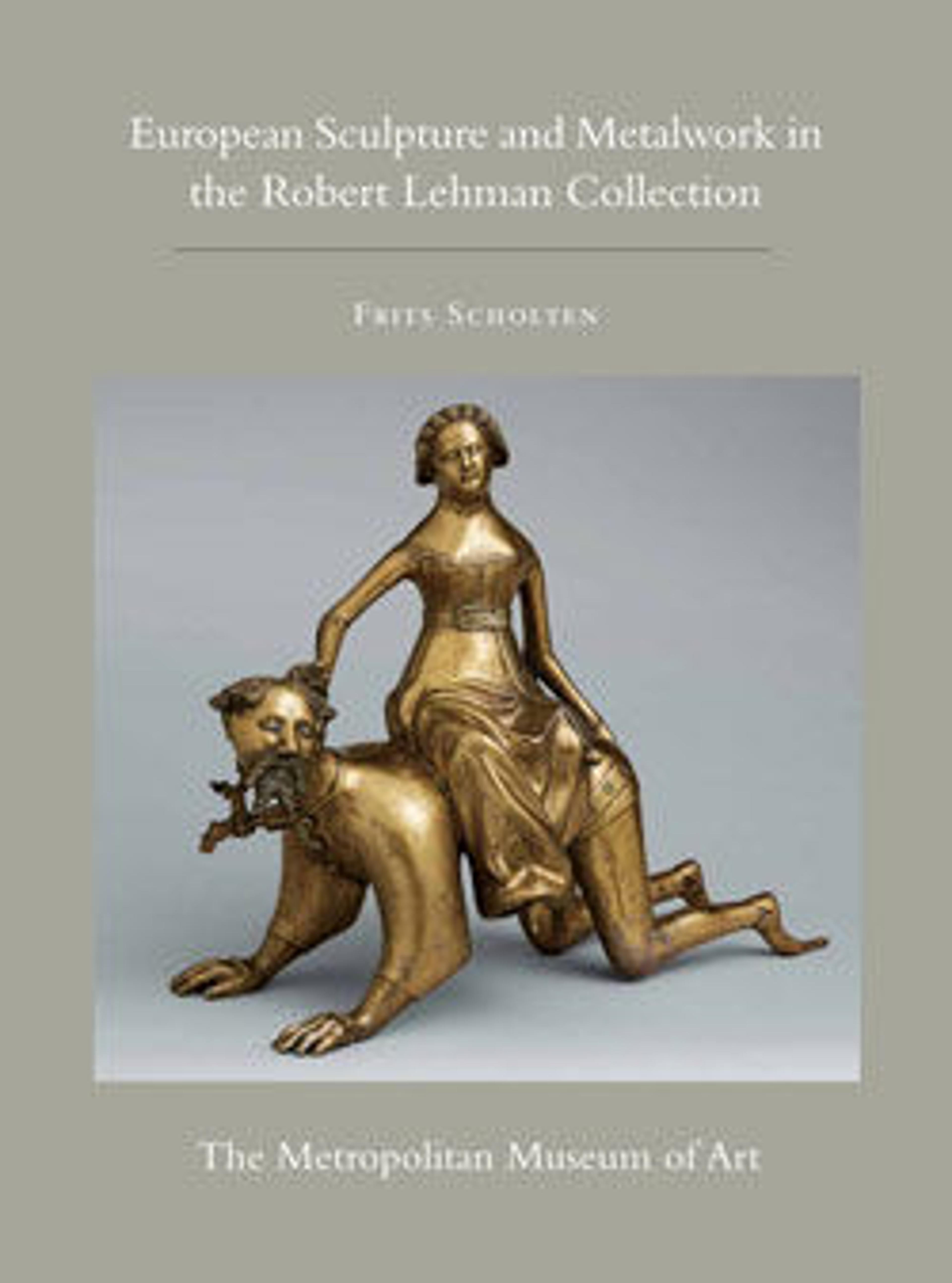Philip Melanchthon
On the obverse is a portrait of the scholar and religious reformer Philip Melanchthon (1497 – 1560); there is text on the reverse. This is the second type of two medals that Hagenauer made of Melanchthon. Both are dated 1543, but the first has an “I” added under the year “XLVI” of the reformer’s age.(1) This annotation indicates that the model for the medal was probably carved in Melanchthon’s forty-sixth year and cast after his forty-seventh birthday on 16 February 1543. On the second type, probably dating from later that year, the lettering was rearranged to “XLVII.” Melanchthon sat for Hagenauer in Cologne during a convention organized by Archbishop Hermann von Wied, which was attended by the Lutheran reformer to mediate between Catholics and Protestants. The piece is possibly a sixteenth-century aftercast.
Artwork Details
- Title: Philip Melanchthon
- Artist: Friedrich Hagenauer (German, born Strasbourg, 1490–1500, died after 1546) , Cologne
- Date: model 1543 (possibly cast 16th century)
- Medium: Copper alloy with warm brown patina.
- Dimensions: Diam. 4.6 cm, wt. 41.54 g.
- Classification: Medals
- Credit Line: Robert Lehman Collection, 1975
- Object Number: 1975.1.1323
- Curatorial Department: The Robert Lehman Collection
More Artwork
Research Resources
The Met provides unparalleled resources for research and welcomes an international community of students and scholars. The Met's Open Access API is where creators and researchers can connect to the The Met collection. Open Access data and public domain images are available for unrestricted commercial and noncommercial use without permission or fee.
To request images under copyright and other restrictions, please use this Image Request form.
Feedback
We continue to research and examine historical and cultural context for objects in The Met collection. If you have comments or questions about this object record, please complete and submit this form. The Museum looks forward to receiving your comments.
